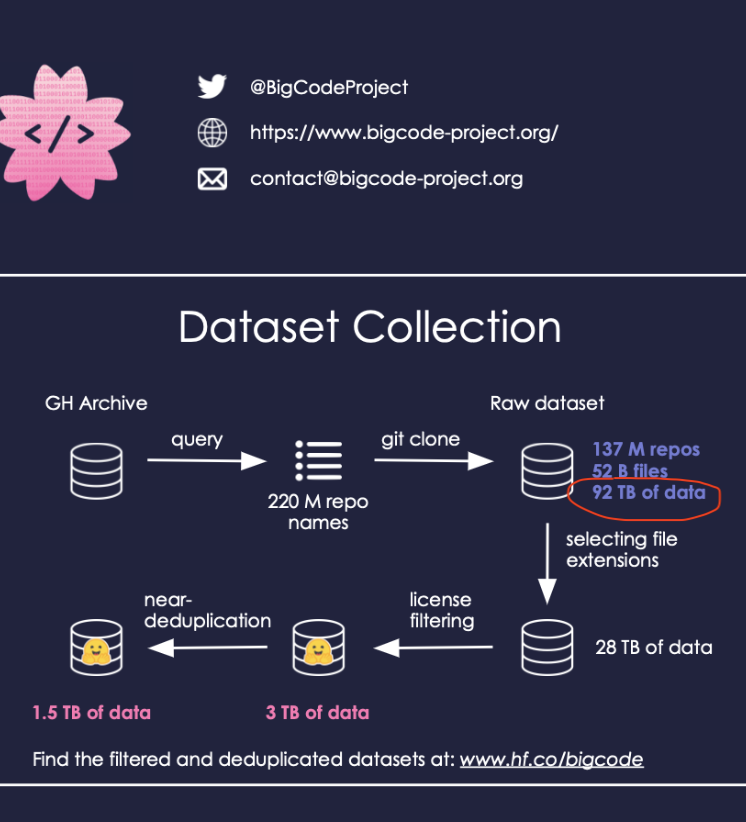
How to get URL link on X (Twitter) App


https://twitter.com/Sirupsen/status/1730351052770152577We've seen two key advantages of Turbopuffer with no perf degradation:

 First, let's see what happens when we try to use A100s.
First, let's see what happens when we try to use A100s.
 Let's consider the widely used 7B param llama architecture.
Let's consider the widely used 7B param llama architecture.


 To be fair, they would have to use the diff/history data much more than the raw code.
To be fair, they would have to use the diff/history data much more than the raw code.
 The 14.7B param number comes from the scaling experiments they ran. The largest model in these experiments was 14.7B params
The 14.7B param number comes from the scaling experiments they ran. The largest model in these experiments was 14.7B params

 Not only that, but 10x better pricing than text-davinci, and far lower latency.
Not only that, but 10x better pricing than text-davinci, and far lower latency.


 The earlier version of Codex was only finetuned on 159GB of python Code (probably just 50B tokens).
The earlier version of Codex was only finetuned on 159GB of python Code (probably just 50B tokens). https://twitter.com/MichaelTrazzi/status/1580953260919521281The government will not allow companies to have monopolies on intelligence. A google will not 10x profits without government intervention/regulation. And bets on individual companies (other than Nvidia imo) can be quite risky. (2/5)